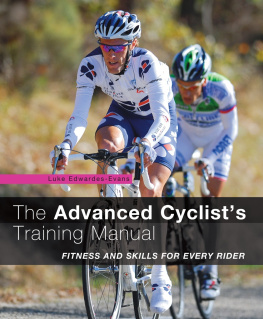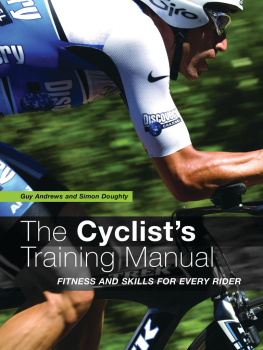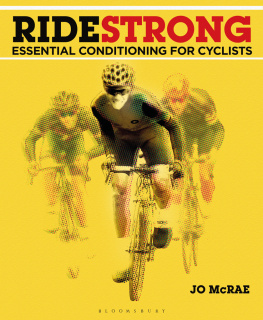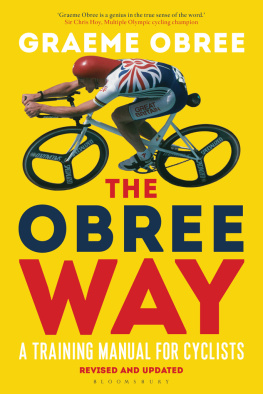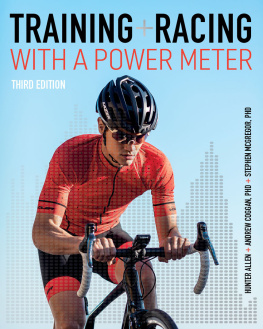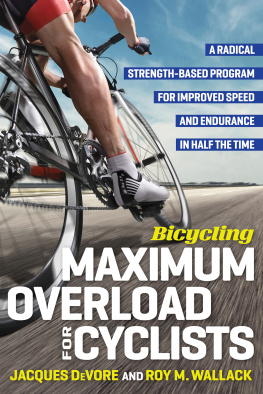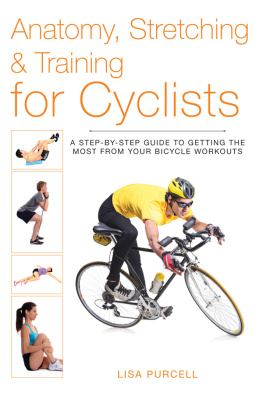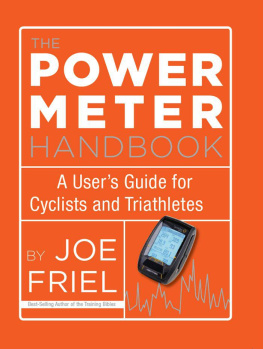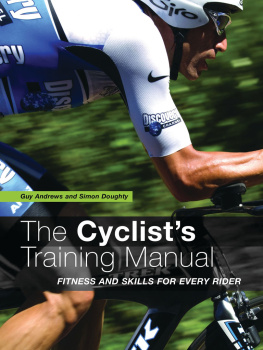

When I look back at my 15-year career as a professional cyclist it gives me great pride to think of the thousands of miles I raced in countless countries across the globe. In that time I rode 12 Tours de France and had the ultimate privilege of wearing the yellow jersey for a day during the 1994 Tour.
The mountains of the Tour de France were never my favourite place to race a bicycle, but I loved to ride through the great mountain ranges of Europe and am still thrilled to see those legendary mountain passes over which I suffered so much! These days I usually see them from the driving seat of my Sky team car as I direct and encourage young professionals going through the same experiences that I did all those years ago.
I also loved racing on the flat, cobbled roads of northern Europe and my fifth place in the Paris-Roubaix classic and other top finishes in the Queen of the Classics in the 1990s were the result of countless hours of hard training and meticulous planning.
Riding at the highest level I had to take my training as seriously as any professional sportsperson, not just on the road but also in terms of recovery, diet and planning. You may not have the time to adopt the lifestyle of a professional, but whatever your level the principles of training remain the same.
In this book the authors have stressed the importance of setting goals, and creating training plans to work through and beyond each one. Cycling is a tough, unforgiving sport. If you want to achieve something in cycling there are no shortcuts hard work and determination will pull you through, but you also need to know when to back off, rest and recover.
Its easy to get sucked into the science of training and these days there are numerous ways to monitor and track your progress through testing, heart rate and power. These tools are invaluable and I have always found a regular test is a great indicator of my current level of fitness. You can read about various ways to monitor your level in this book.
I had a reputation as a bit of a hard man when I was a professional rider I might even have put the wind up Lance Armstrong now and again when he came under my wing as a neo-pro on the Motorola team way back when! These days, working as a directeur sportif with professionals half my age, I try to pass on my knowledge of how to survive as a pro, but I also try to show how much I love cycling and what cycling has given me as a person. Fundamentally that is why I am still in this great sport because I have a passion for it that lifes inevitable lows cannot dim. Carry that passion for cycling inside you and you will achieve your cycling goals.
Sean Yates


Welcome to The Advanced Cyclists Training Manual
Whatever your particular interest in the many different disciplines, The Advanced Cyclists Training Manual is packed with advice, training plans and encouragement to help you become a fitter, faster, safer and healthier rider.
Following on from The Cyclists Training Manual, this advanced edition addresses the same wide cycling base, but focuses more intently on the core functions of training, bike set-up, technique and health. If you are a more experienced rider, this book aims to inform and inspire you to take your cycling to new levels of achievement.
We have concentrated on the competitive cyclist, without assuming youre a regular weekend racer. Todays serious riders are motivated by a far wider range of cycling challenges than existed 25 years ago, when racing on the road was pretty much the only choice.
The boom in cyclo-sportives has generated massive interest from a new breed of cyclist willing to train to high levels and ride as hard and long as a traditional racer. For some, the annual goal of a gold medal ride in one of the classic European sportives is motivation enough to follow a serious training programme. Racing has also become a more accessible sport, with events on- and off-road for every level of ability. The Advanced Cyclists Training Manual will get you and your bike into shape and on the start line in the best possible shape.
Whats in The Advanced Cyclists Training Manual?
The cycling year unfolds naturally from the end of the previous session, into winter training, spring speed, summer racing and autumn challenges. In this book we have followed the rhythm of the cycling year, starting with self-assessments and planning, and progressing through the seasons as the year rolls on. Sections on machine setup and technique come early on when there is time in the off-season to hone and adjust.
Professional and elite riders talk about their own training and racing experiences in every chapter, giving an insight into the real lives of top cyclists. I hope you find their hard won advice invaluable and inspiring.
: You and your cycling We start with pre-season self assessment and analyse your lifestyle, work and family commitments. This leads on to goal setting and your annual plan. Testing on the bike to find your current level is also important.
: The language of fitness This chapter deals with understanding how the processes of training work including muscle types, genetics and training, heart rate, VO2 max, and lactate myths. We also cover power and power-weight.
: Bike fitting A vital chapter on the essential checks and adjustments needed to optimise power, comfort and aerodynamics. We cover saddle height, upper body position, in the cockpit, crank length and Q-factor, and shoe plate adjustment. Time trial riding position and aerodynamic equipment is also discussed.
: Riding technique This chapter covers how to hone your riding skills for faster safe progress, cornering technique and corner types, thinking ahead, braking, riding in the wet, what to do when it goes wrong and cadence.
: Endurance We focus on building an endurance base after the autumn break, the five training zones, endurance training plans through the winter months, and using your ride to work to gain valuable endurance miles.
: Love winter! This chapter includes ideas on finding alternatives to cycling during the winter months, including gym training sessions, running, skiing and skating. Also included are weight training techniques and exercises, cyclo-cross and mountain biking, motor pace training and winter track riding and racing.
: Fast fuel Here we cover everyday eating plans and on the bike re-fuelling, carbohydrate and glycaemic index, good fats and bad fats, protein, alcohol, water and drinking on the bike, portion control, and supplements.
: From endurance to power Adding speed after the winter endurance phase is the focus of this chapter, as well as cyclo-cross and mountain bike workouts and technique. We discuss riding singlespeed or fixed wheel, turbo training sessions, riding rollers and threshold intervals.
: Peaking for summer This chapter discusses how to settle into training and competition when the season begins. We also cover periodisation in the short and longer term, training plans for summer riding and peak form.
Next page
